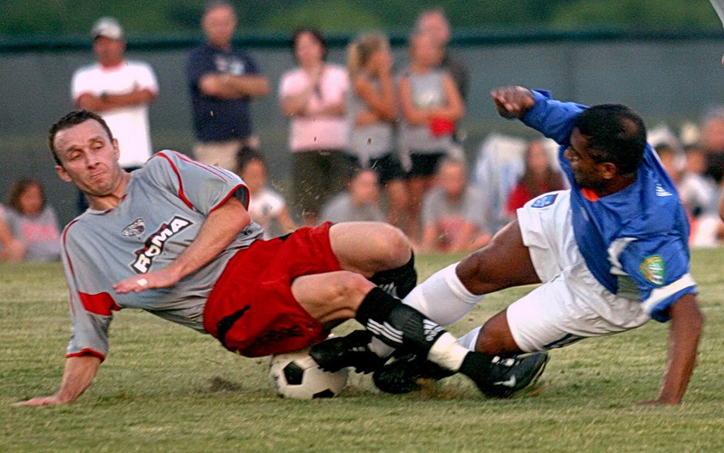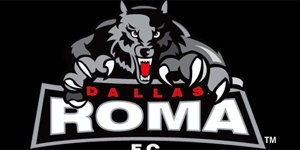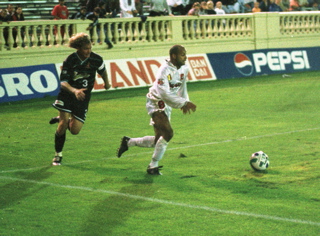Who holds the Second Round attendance record for the Modern Era of the Lamar Hunt US Open Cup? How many Open Division teams have won Second Round games? What was the most lopsided game? We have all of those answers and much much
Tampa Bay Mutiny
The Other US Opens and marketing the ‘US Soccer Majors’
TheCup.us will now refer to the Lamar Hunt US Open Cup, MLS Cup, MLS Supporters’ Shield, and CONCACAF Champions League as the ‘US Soccer Majors.’ It’s an effort to raise the profile of all the championships that teams in the U.S. play for, similar to the sports of golf and tennis.
Notable upsets in the Second Round of the US Open Cup
The Mid-Michigan Bucks have always been one of the lower division troublemakers of the US Open Cup, and this match against the New England Revolution at Foxboro Stadium helped build that reputation. Goalkeeper Eric Pogue was the early hero for the Bucks, saving a Shaker Asad penalty kick in the 7th minute to keep the score 0-0. The Bucks stayed with the Revolution for 90 minutes using a high-tempo style of play and eventually sending the sparse crowd of 1,857 Revolution fans home disappointed.
Notable upsets in the Quarterfinals of the US Open Cup
There have only been seven “upsets” in the Quarterfinal round of the US Open Cup since 1995, therefore all of them are, in fact, “notable.”



